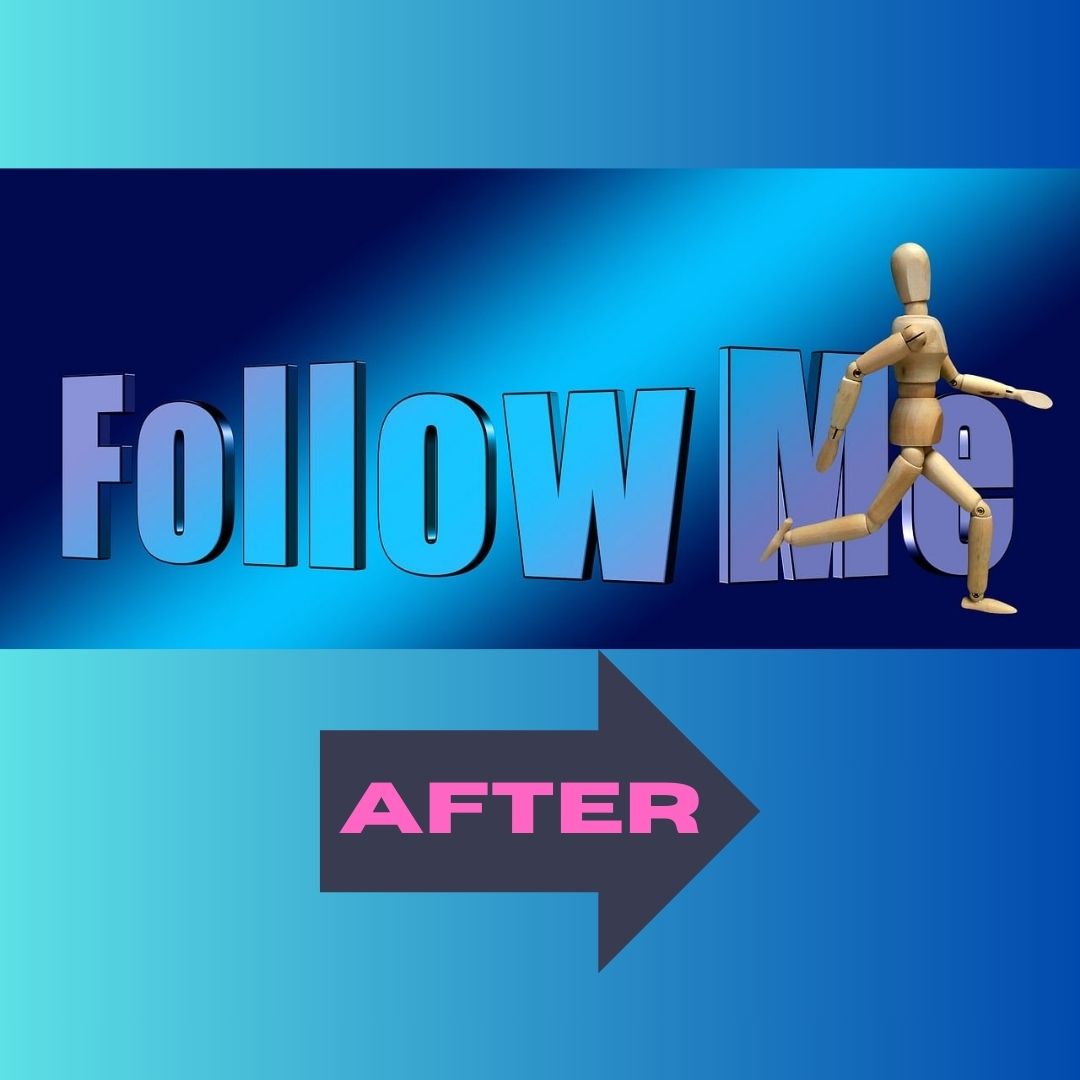Tag: phrases

Preposition – “In”
The preposition in can be used to indicate a period of time, especially when you want to convey that something happened during part or all of that time period. Here are some examples: I'll meet you in the morning.

Preposition – “For”
I made a reservation for two at the restaurant. She wrote a heartfelt letter for her best friend. In each of these sentences, the preposition for is used to convey the idea that something is being done or provided with the intention of giving it to someone else

Preposition – “Behind”
Preposition behind with the meaning – at and to the back of something or someone: Here are some examples of the preposition behind used to indicate the position at and to the back of something or someone: She hid behind the tree to avoid being seen. The car is parked behind the building.

Preposition – “After”
Preposition “After” with the meaning -later: Here are some examples of how the preposition after can be used with the meaning of later: I'll call you after I finish my meeting. She always eats dessert after dinner.

Transitive and Intransitive Verbs
Transitive verbs are action verbs that require a direct object to complete their meaning. The direct object is the noun or pronoun that receives the action of the verb.Intransitive verbs, on the other hand, do not require a direct object to complete their meaning. They simply describe an action or state of being. Intransitive verbs can be followed by adverbs, prepositions, or phrases that provide additional information, but they do not take a direct object.